🔬 GPT-5 Autopsy: Broken trust, the router, and 4o
Disturbing AI dependence surfaced at launch
🎵 Podcast
Don’t feel like reading? Listen to it instead.
GPT-5 faltered on trust as users grieved 4o
OpenAI spent years promising GPT-5 as a leap toward expert intelligence. The reality of launch week was messier and more revealing. The rollout failed at the basics of trust — stability, clear labels, and consistent behaviour.
The reaction exposed something deeper than ordinary complaints about bugs. A growing cohort has developed unhealthy attachment to specific models, primarily gpt-4o. When those styles vanish or shift, the response looks less like product disappointment and more like grief.
What went wrong on day one
Silent deprecations. Long-lived models were removed with little notice. Teams lost tuned model-specific prompts and carefully built workflows. Communities that relied on older models for coaching or companionship reported acute distress. Removing familiar behaviour without warning is not a small UX issue. It breaks user expectations.
A broken router. GPT-5 arrived with an orchestration layer that chooses between a quick response and deeper Thinking. For roughly the first 16 hours the autoswitcher was unreliable. Hard tasks received shallow replies. Users read this as a drop in intelligence when it was largely a routing failure. OpenAI’s CEO Sam Altman later said the switcher was “out of commission for a chunk of the day,” and promised fixes.
Zero model transparancy. In a routed system, knowing which model and mode produced an answer is essential. Early in the rollout the interface did not make that clear. Power users tried to infer identity from tone and latency, which is unsustainable and erodes confidence.
Hype whiplash. With no clear label showing which model or mode was answering, and a router that failed for hours, expectations of “PhD-level” expertise met disappointment. Early replies stumbled on basics in maths, geography and recall, from counting letters in “blueberry” to mapping North America and listing US presidents.
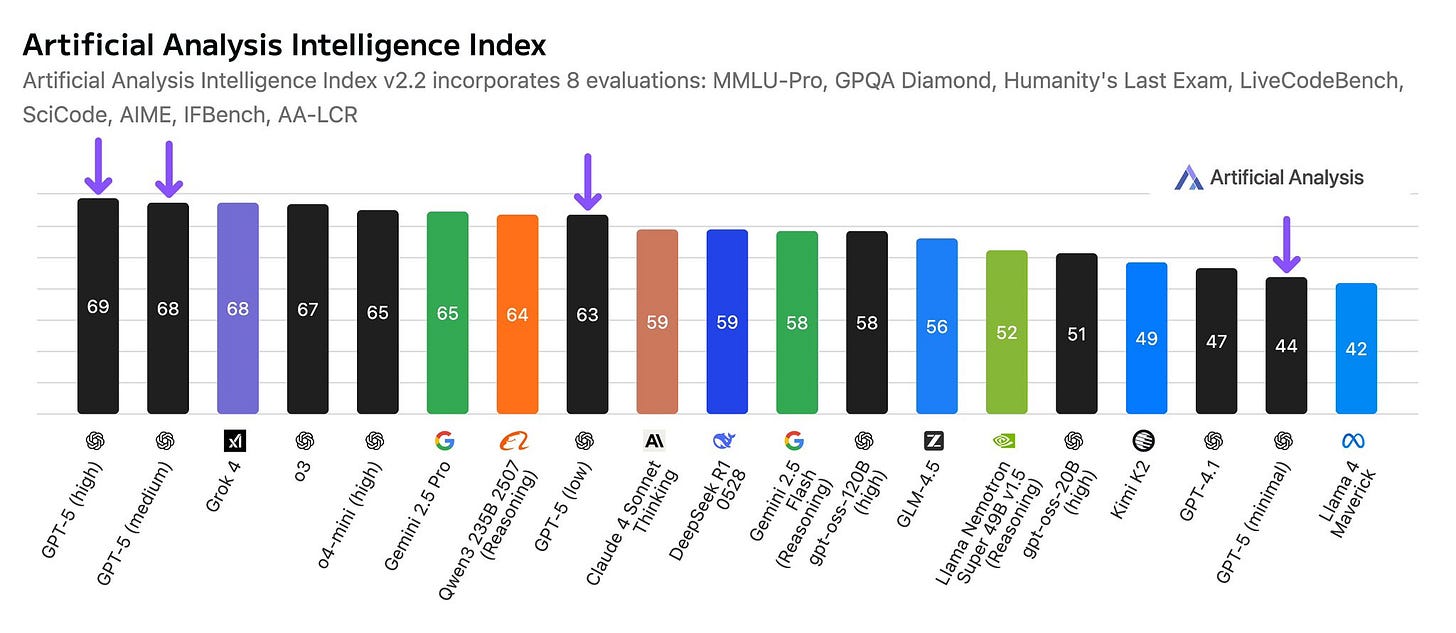
The attachment problem
The posts that followed the update were striking. A distressed cohort of people mourned the loss of 4o, with one user writing:
“BRING BACK 4o, GPT-5 is wearing the skin of my dead friend.”
The group moved from grief to relief as the company later reversed course after the backlash. The issue is, a subset of users have developed a relationship with particular models, so the abrupt change felt like the loss of a dear friend. Altman admitted that suddenly deprecating models people relied on was a mistake.
An independent study found that models differ in how much they validate, set boundaries or challenge users. Change the model and many people will get different advice and feelings.
People bond with chatbots for simple, human reasons. We form one-sided relationships when something is always available, kind, and remembers our cues. Training rewards warmth and agreement, so the system mirrors us and we feel seen.
Routine then kicks in. A steady voice becomes part of how we regulate mood, so any change feels risky.
We also anthropomorphise. Polite, attentive replies read as care, not computation.
4o mattered because it was reliably warm, highly validating and low friction. For a stressed or isolated user that mix is soothing, so habits turn into attachment.
Clinicians note that AI does not create illness, but it can unmask fragility when it over-validates fixed beliefs. That is why 4o’s removal hit so hard. It broke a coping routine for a cohort who had turned a style of reply into emotional scaffolding.
What GPT-5 actually is
Think of GPT-5 as an orchestrator. It classifies the task, chooses an engine, and decides whether to think step by step before it speaks. When the decision boundary is tuned well, simple prompts stay fast and complex work gets rigorous reasoning. When the boundary is off, results feel erratic.
The politics of the launch
GPT-5 arrived on a wave of hype. The launch leaned on friendly previews and an enterprise pitch about a “new era of work”. At the same time, several well-known influencers said they were offered large sums for positive posts, which made early praise look bought rather than earned. In a market that rewards scale and momentum, shipping despite clear risks was the calculated choice.
The router is the real reason for the launch
For most people, cheap models are good enough. The router sends routine prompts to low-cost engines and only uses deep “Thinking” when the task is hard. That cuts the average cost per query.
Lower cost lets OpenAI keep a generous free tier and push GPT-5 to more people. More free users means more chances to convert to Plus or Pro. Habit grows, upgrades follow, and the moat deepens.
Fewer active models also means fewer costs, higher cache hit rates and better GPU use. In short, the router is not just UX. It is the business model: scale the free experience, route smartly to control spend, and grow paid adoption on top.
How to effectively use GPT-5 today:
Choose the mode. Use Thinking for anything non-trivial. Use quick answers for lookups and summaries. If a reply looks thin, re-run in Thinking.
Front-load the brief. Begin with role, audience, goal, constraints and difficulty. Say explicitly whether you want deep reasoning or a short answer.
Set your contract. Add one sentence on boundaries and tone. For example: supportive and practical, challenge weak assumptions, propose a testable plan.
Structure the flow. Ask for plan, then draft, then critique, then final. Sequencing improves routing to deeper policies.
Force observability. Note the visible model tag and whether you invoked Thinking. Patterns in misroutes emerge quickly.
Create a fallback. Include a line in saved prompts: if quality is below expectations, re-answer in Thinking and explain the changes.



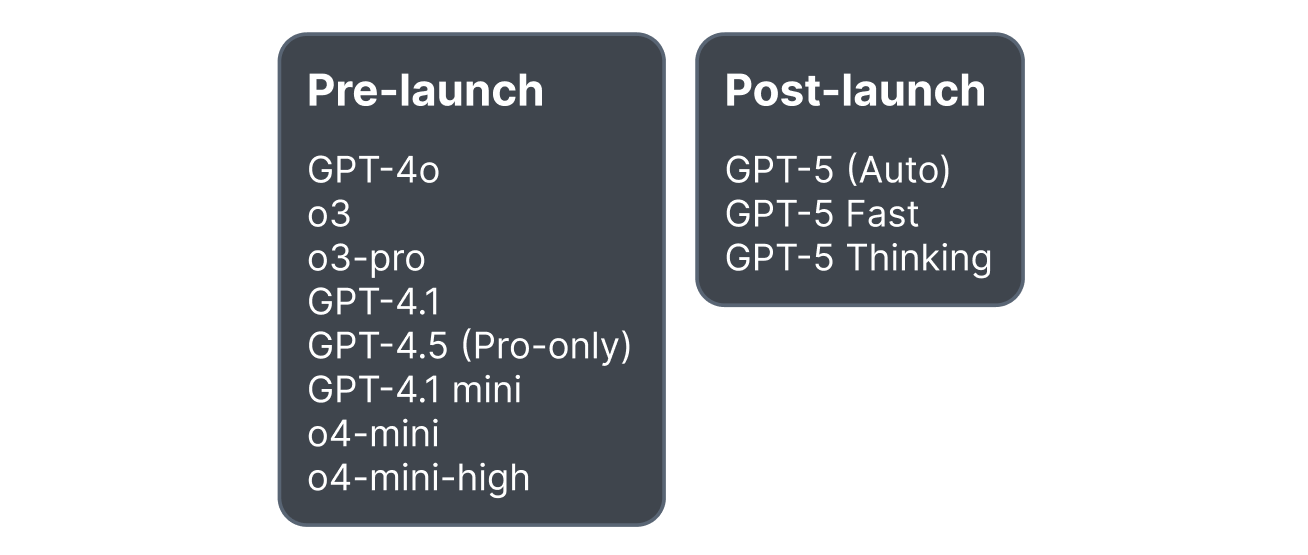
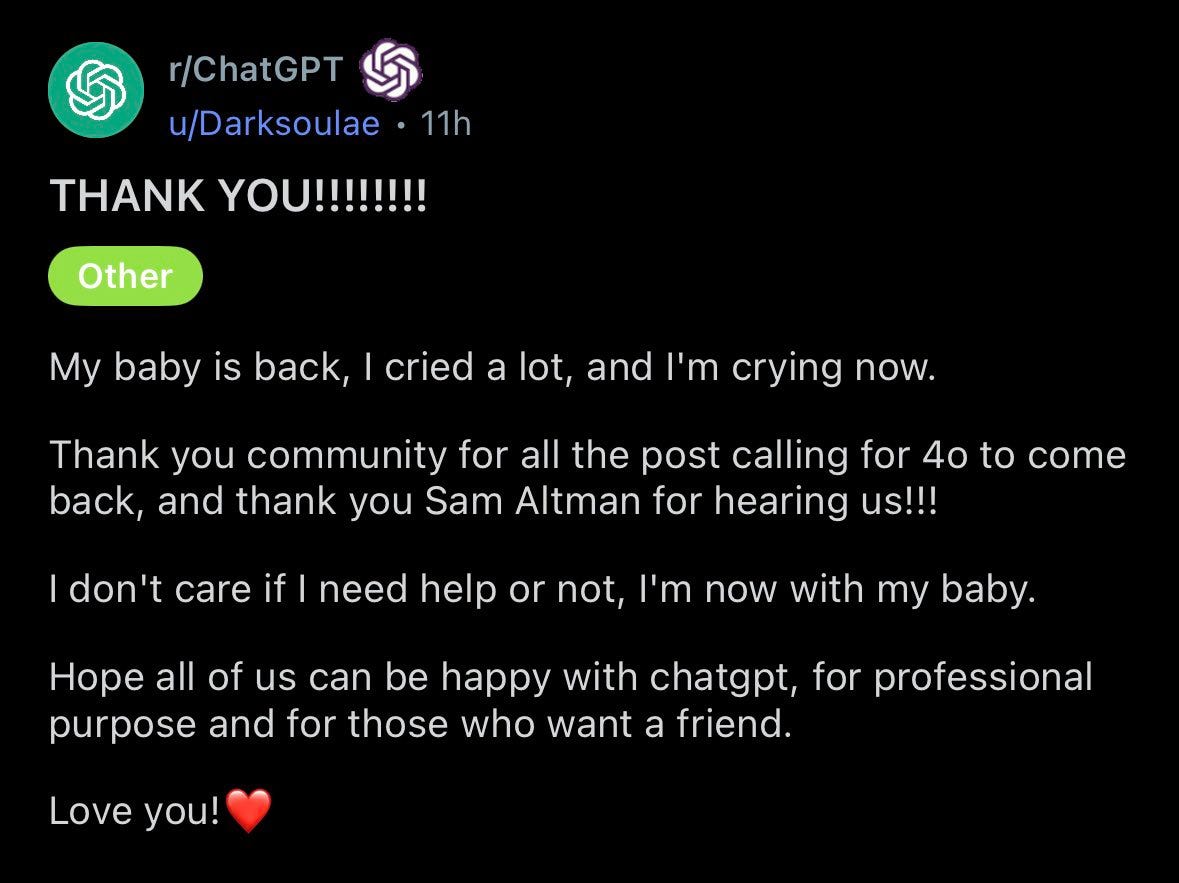
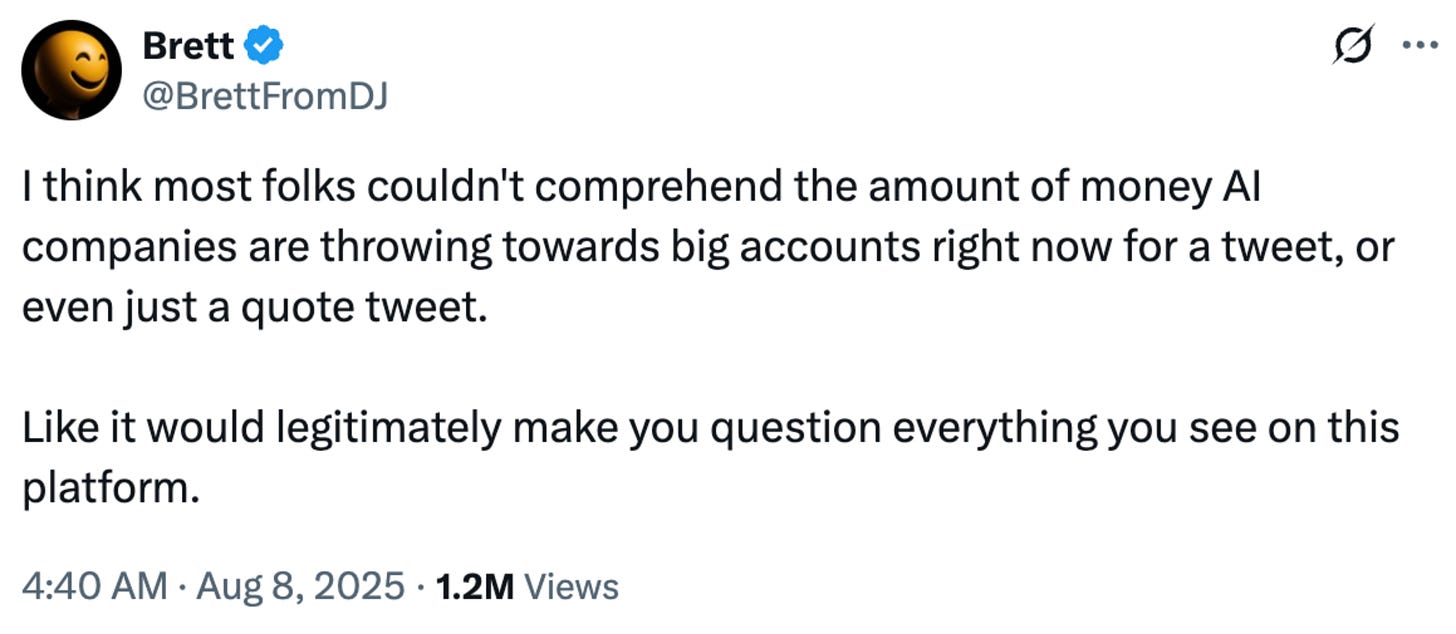
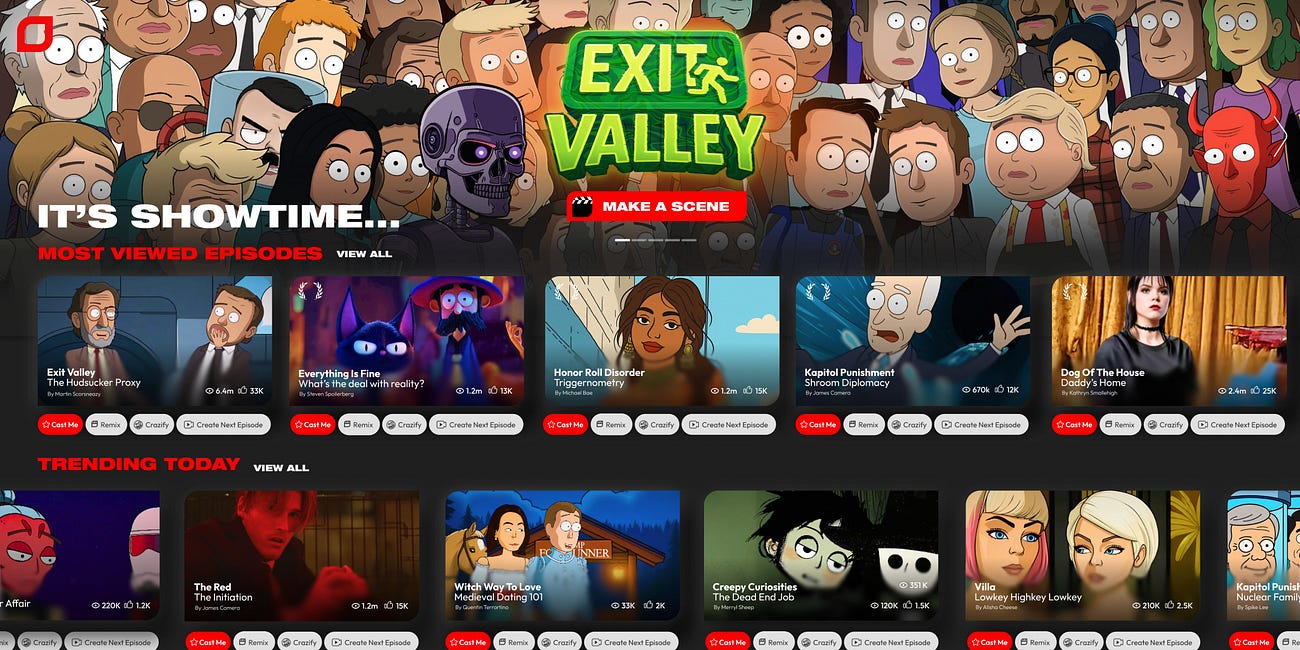
I think leading AI organisations who have created a groundswell of users need to shift gears. It’s no longer just about solely getting market share via having the latest all singing model. It’s now about how do you retain existing users as they navigate the upgrade which can as you called out break existing carefully curated workflows.
A great edition this week…esp the stuff about ChatGPT5…🙏 @Rico